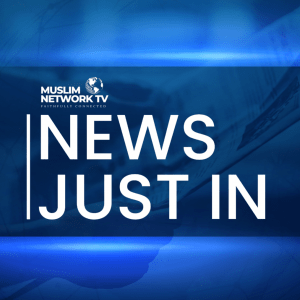Mecca businesses see hajj boom ending pandemic slump
Mecca, Saudi Arabia – (AFP)
“Business is back,” exclaims Abdullah Mekhlafi at the shop where he sells prayer mats in Islam’s holiest city, which is preparing for the biggest influx of hajj pilgrims since the coronavirus pandemic began.
Two years of drastic restrictions on the number of pilgrims who could perform the hajj emptied shops and hotels across the Saudi Arabian city of Mecca. But business owners are hoping for a quick recovery as hundreds of thousands of worshippers flock to the region this week.
The hajj, which costs at least $5,000 per person, and umrah pilgrimages that occur at other times of year are usually a significant revenue earner for Saudi Arabia, especially its tourism sector.
In normal times, they generate about $12 billion (11.5 billion euros) annually, keeping the economy humming in Mecca.
The changes in Mecca track the recent economic fortunes of Saudi Arabia.
During the pandemic, the kingdom faced a sharp downturn in oil prices due to a collapse in global demand, which triggered austerity measures including the tripling of a value added tax and cuts to civil servants’ allowances.
Particularly after Russia’s invasion of Ukraine in February, things seem to have changed.
In early May, Saudi Arabia reported its fastest economic growth rate in a decade, as a surging oil sector fuelled a 9.6 percent rise in the first quarter over the same period of 2021.
The world’s biggest oil exporter is trying to diversify its economy, a main pillar of the Vision 2030 reform agenda pushed by Crown Prince Mohammed bin Salman, the de facto ruler.
Tourism is a crucial component of that plan, making a booming hajj all the more important.
Of the 100 million foreign and domestic tourists targeted for 2030, 30 million are expected to be making religious trips, largely to Mecca and Medina, Islam’s two holiest sites.








